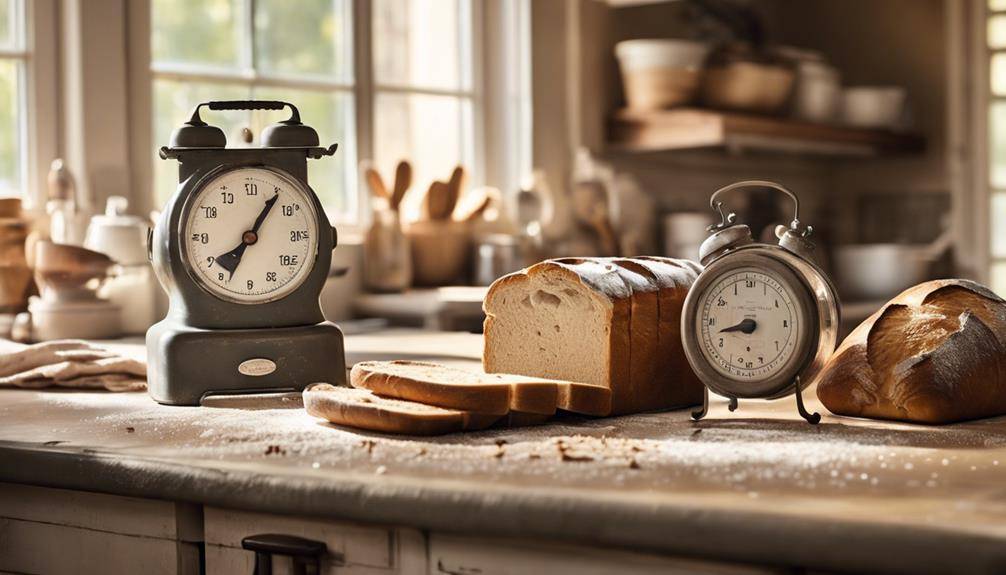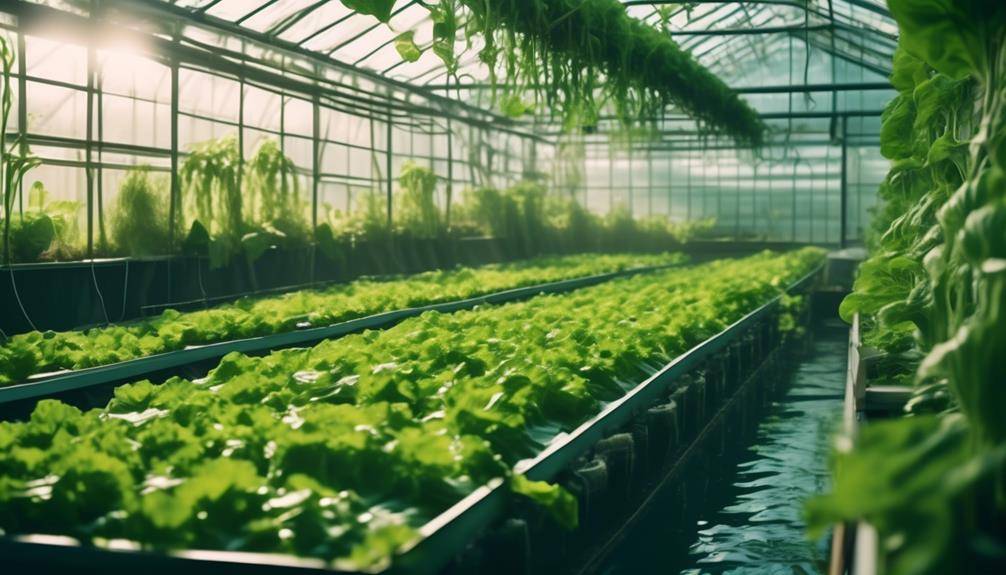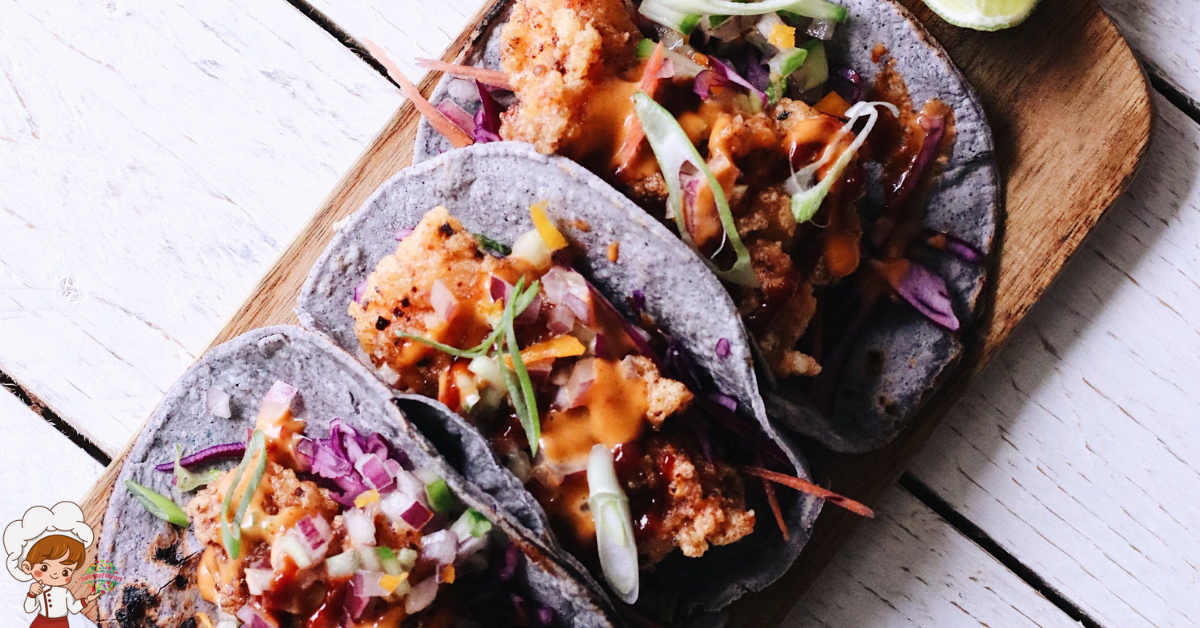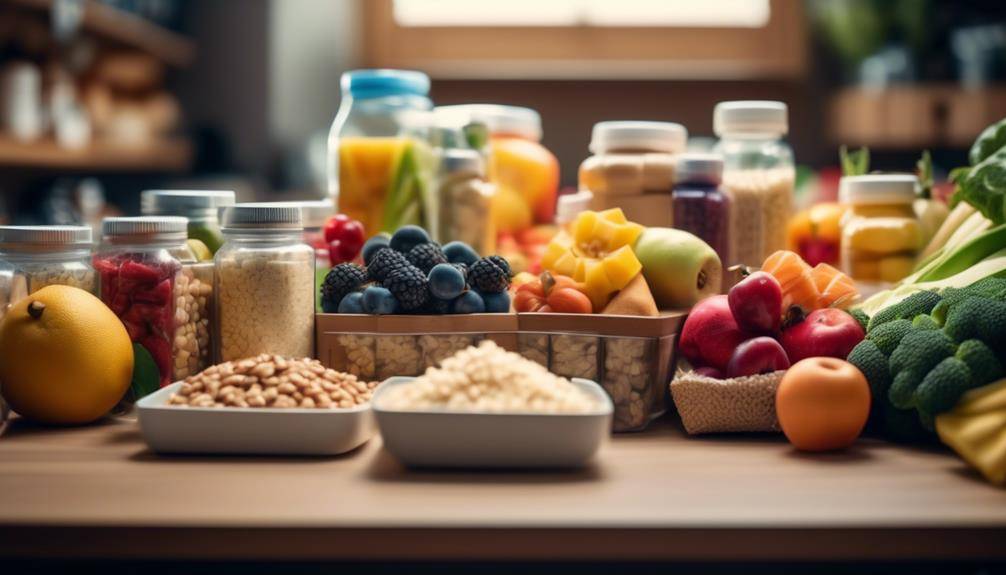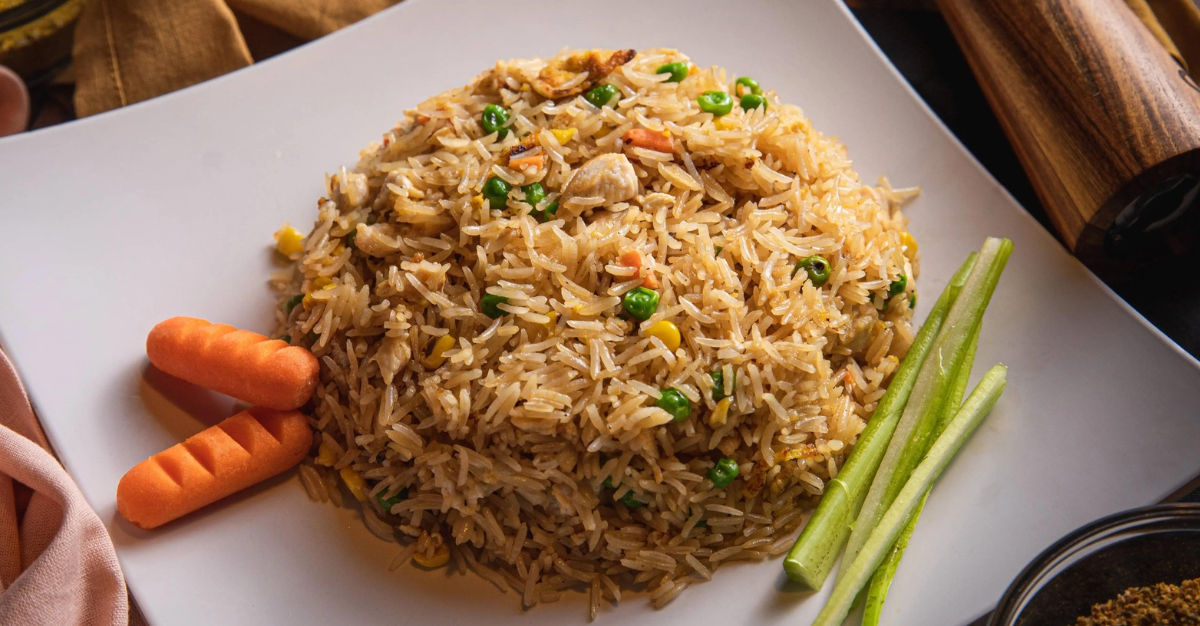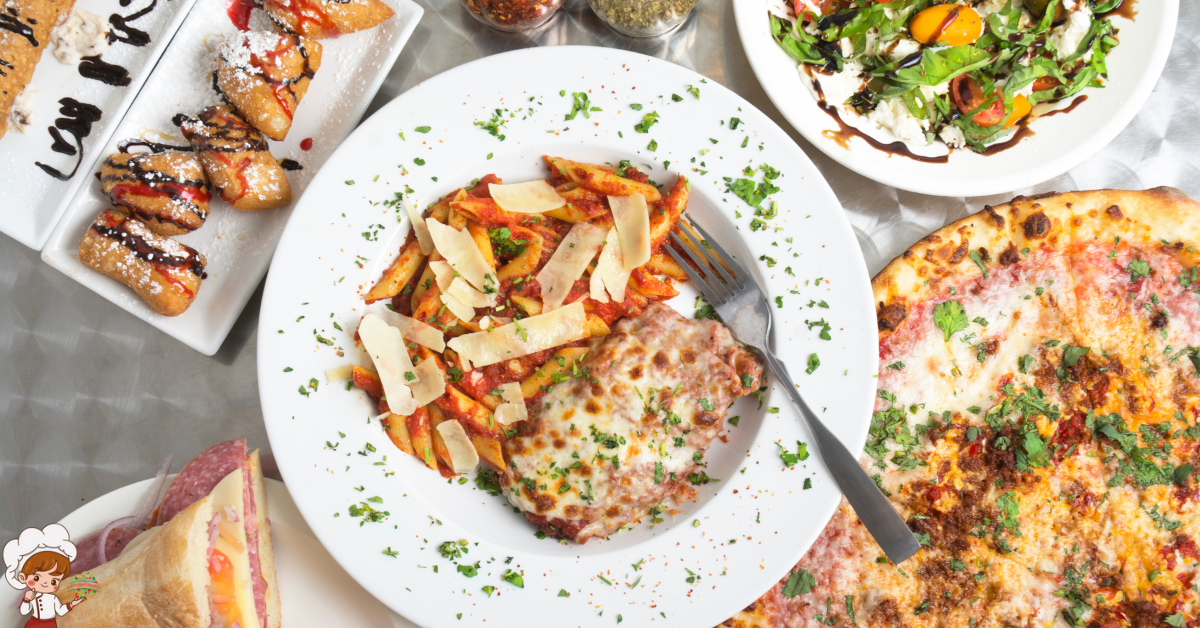The Best Healthy Gluten-Free Diet Essentials
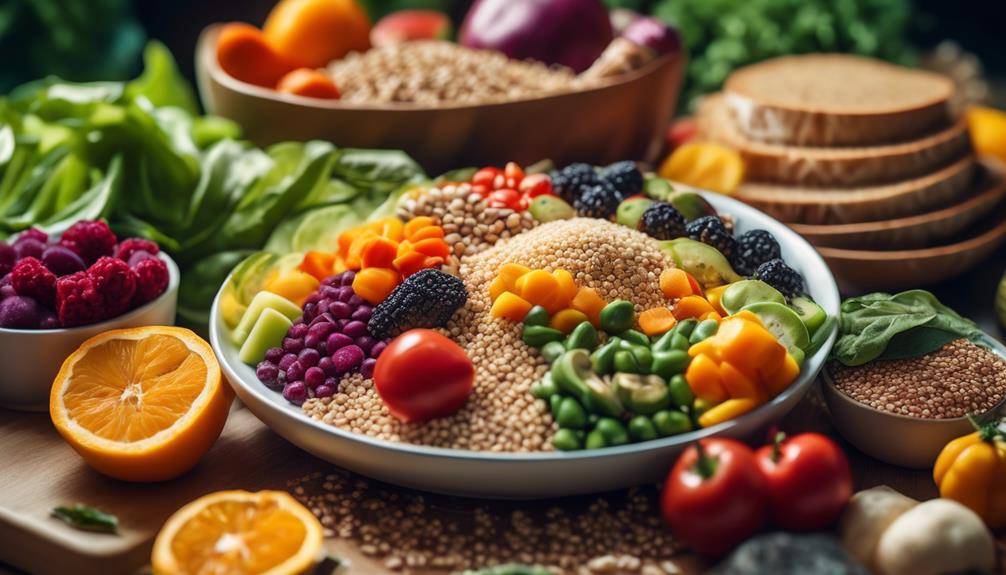
The Best Healthy Gluten-Free Diet Essentials; Are you tired of feeling sluggish and bloated after every meal? Do you want to take control of your health and feel your best every day? Look no further than a healthy gluten-free diet. By eliminating gluten, a protein found in wheat, barley, and rye, you can experience a whole new level of vitality and well-being. But where do you start? In this discussion, we will explore the essential components of a gluten-free diet and provide you with the knowledge and tools you need to make informed choices for a healthier lifestyle. So, are you ready to discover the secrets of a thriving gluten-free diet?
Understanding Gluten and Its Effects
Understanding gluten and its effects is crucial for anyone following a gluten-free diet. Gluten is a protein found in wheat, barley, and rye. For individuals with gluten intolerance, consuming gluten can lead to various adverse effects. One common condition associated with gluten intolerance is celiac disease, an autoimmune disorder that damages the small intestine. Symptoms of celiac disease include abdominal pain, bloating, diarrhea, and weight loss. Additionally, gluten intolerance can manifest as non-celiac gluten sensitivity, which causes similar symptoms but does not involve the immune system.
When it comes to gluten-free baking, there are several tips that can help achieve delicious results. First, it is essential to use gluten-free flours and starches as substitutes for wheat flour. Common gluten-free alternatives include rice flour, almond flour, and tapioca starch. It is also beneficial to incorporate xanthan gum or guar gum to improve the texture and binding properties of gluten-free baked goods.
Another important aspect of gluten-free baking is understanding the role of leavening agents. Since gluten provides structure and elasticity to dough, gluten-free batters may require additional leavening agents, such as baking powder or yeast, to achieve the desired rise.
Furthermore, it is crucial to ensure that all utensils and surfaces used in gluten-free baking are thoroughly cleaned to prevent cross-contamination. Even trace amounts of gluten can trigger symptoms in individuals with gluten intolerance.
Building a Gluten-Free Pantry
To build a gluten-free pantry, gather essential ingredients and products that are free from gluten-containing grains like wheat, barley, and rye. Stocking a gluten-free kitchen is crucial for individuals with celiac disease or gluten sensitivity. Here are some gluten-free pantry essentials to help you get started.
Firstly, opt for gluten-free flours such as rice flour, almond flour, and coconut flour. These can be used in various recipes as a substitute for wheat flour. Additionally, consider having gluten-free baking mixes on hand for convenience.
Next, make sure to have gluten-free grains like quinoa, millet, and buckwheat. These grains are versatile and can be used as a base for salads, side dishes, or even as a substitute for traditional pasta.
Don’t forget about gluten-free pasta options. Look for pasta made from brown rice, corn, or quinoa for a satisfying gluten-free alternative. You can also find gluten-free bread or bread mixes to have on hand for sandwiches or toast.
In addition to grains and flours, it’s important to have gluten-free condiments and sauces. Check labels for any hidden sources of gluten. Choose gluten-free soy sauce, tamari, and Worcestershire sauce, as well as gluten-free salad dressings and marinades.
Lastly, be sure to have gluten-free snacks available. Stock up on gluten-free crackers, granola bars, and chips for those times when you need a quick and easy snack.
Building a gluten-free pantry may require some initial investment and label reading, but it will provide you with the necessary tools to maintain a gluten-free lifestyle. By stocking your pantry with these gluten-free essentials, you can confidently create delicious meals without compromising your health.
Essential Gluten-Free Grains and Alternatives
Looking to add some variety to your gluten-free diet? Quinoa is a nutritional powerhouse, packed with protein, fiber, and essential nutrients. It’s a versatile grain that can be used in salads, stir-fries, or even as a substitute for rice. Speaking of rice, it’s another essential gluten-free grain that can be enjoyed in countless ways, from side dishes to main courses.
Quinoa: A Nutritional Powerhouse
Quinoa, a nutritional powerhouse, is an essential gluten-free grain and alternative that offers a wealth of health benefits. Rich in protein, fiber, and essential nutrients, quinoa is a fantastic addition to a gluten-free diet. One of the main benefits of quinoa is its high protein content, making it an excellent choice for vegans and vegetarians.
Additionally, quinoa is packed with fiber, which helps promote healthy digestion and can aid in weight management. Cooking quinoa is simple and versatile. To cook quinoa, rinse it thoroughly and then add one part quinoa to two parts water. Bring to a boil, then reduce the heat and simmer for about 15 minutes until the water is absorbed. Whether used in salads, as a side dish, or in baking, quinoa is a nutritious and delicious choice for those following a gluten-free diet.
Rice: A Versatile Staple
As we shift our focus to ‘Rice: A Versatile Staple’ (Essential Gluten-Free Grains and Alternatives), let’s explore the many benefits and culinary possibilities this grain has to offer. Rice is not only a staple in many cultures around the world, but it is also a gluten-free grain that can be enjoyed by those with dietary restrictions. Here are four reasons why rice should be a part of your gluten-free diet:
- Variety: From long-grain to short-grain, there are numerous types of rice to choose from, each offering a unique texture and flavor profile.
- Versatility: Rice can be used in a wide range of dishes, from savory stir-fries to creamy risottos and flavorful pilafs.
- Easy to cook: With a few simple cooking techniques, such as boiling or steaming, you can have perfectly cooked rice every time.
- Rice recipes: There is no shortage of delicious rice recipes available, including classics like fried rice, sushi rolls, and rice pudding.
Incorporating rice into your gluten-free diet not only adds variety to your meals but also provides a versatile and nutritious grain option.
Incorporating Protein-Rich Foods
To ensure a well-rounded gluten-free diet, it is important to incorporate protein-rich foods into your meals. Protein sources are essential for various bodily functions, including muscle growth, tissue repair, and hormone production. When planning your meals, it is crucial to include a variety of protein-rich foods to meet your nutritional needs.
One excellent source of protein for those on a gluten-free diet is lean meats. These include chicken, turkey, and fish. These options are not only high in protein but also low in fat, making them a healthy choice. You can incorporate these into your meals by grilling, baking, or sautéing them.
Another great protein source is legumes. These include beans, lentils, and chickpeas. They are not only rich in protein but also high in fiber, which can help with digestion and promote satiety. You can add legumes to your meals by making soups, stews, or salads.
Eggs are also an excellent source of protein and can be easily incorporated into your meals. Whether you prefer them scrambled, boiled, or poached, eggs provide a good amount of protein and essential amino acids.
For vegetarians or those who prefer plant-based options, tofu and tempeh are great protein sources. They are made from soybeans and can be used in various dishes, such as stir-fries or salads.
Incorporating protein-rich foods into your gluten-free diet is essential for maintaining a well-balanced and healthy lifestyle. By including a variety of protein sources in your meal planning, you can ensure that you are meeting your nutritional needs and supporting optimal health.
The Importance of Fiber in a Gluten-Free Diet
When following a gluten-free diet, it is important to pay attention to your fiber intake. Fiber plays a crucial role in maintaining gut health, promoting regular bowel movements, and preventing digestive issues. Including fiber-rich foods such as fruits, vegetables, whole grains, and legumes can help you meet your daily fiber requirements and support overall digestive wellness.
Fiber for Gut Health
Incorporate fiber-rich foods into your gluten-free diet to support optimal gut health. Fiber plays a crucial role in maintaining a healthy gut microbiome, which is essential for overall well-being. Here are four high fiber foods to include in your gluten-free diet:
- Fruits and vegetables: These are excellent sources of dietary fiber. Opt for berries, apples, oranges, broccoli, and spinach to increase your fiber intake.
- Whole grains: Choose gluten-free whole grains like quinoa, brown rice, and oats to add more fiber to your diet. These grains promote digestive health and provide essential nutrients.
- Legumes: Beans, lentils, and chickpeas are rich in fiber and can help regulate bowel movements. They also provide plant-based protein and other important nutrients.
- Nuts and seeds: Almonds, chia seeds, and flaxseeds are packed with fiber and can be easily incorporated into your meals or snacks.
Benefits of Dietary Fiber
Dietary fiber plays a vital role in supporting optimal gut health and should be a key component of a gluten-free diet. The benefits of including fiber in your diet are numerous. Firstly, fiber aids in digestion by promoting regular bowel movements and preventing constipation. It adds bulk to the stool, making it easier to pass.
Secondly, fiber helps maintain healthy cholesterol levels by reducing the absorption of cholesterol in the intestines. This can lower the risk of heart disease. Furthermore, fiber slows down the absorption of sugar, helping to regulate blood sugar levels and prevent spikes. It also promotes satiety, keeping you feeling fuller for longer and aiding in weight management. In summary, the importance of fiber in a gluten-free diet cannot be overstated, as it provides multiple benefits for your overall health and well-being.
Increasing Fiber Intake
To continue supporting optimal gut health in a gluten-free diet, it is crucial to focus on increasing your fiber intake. Fiber plays a significant role in regulating digestion and preventing constipation, which are common issues for individuals following a gluten-free diet. Here are four benefits of increasing fiber intake in a gluten-free diet:
- Improved bowel regularity: Fiber adds bulk to the stool, making it easier to pass and preventing constipation.
- Increased satiety: High-fiber foods help you feel full for longer, reducing the temptation to overeat and aiding in weight management.
- Blood sugar control: Fiber slows down the absorption of sugars, preventing rapid spikes in blood sugar levels.
- Reduced risk of heart disease: High-fiber diets have been linked to lower cholesterol levels and a decreased risk of heart disease.
Incorporating fiber-rich foods like fruits, vegetables, whole grains, and legumes into your gluten-free diet can help you reap these benefits and maintain a healthy gut.
Nutrient-Rich Fruits and Vegetables
Eating a variety of nutrient-rich fruits and vegetables is essential for maintaining a balanced and healthy gluten-free diet. Including these foods in your meals provides you with essential vitamins, minerals, and antioxidants that support your overall health and well-being.
When it comes to incorporating fruits and vegetables into your gluten-free diet, there are various ways you can do so. One popular option is to make nutrient-rich smoothies. By blending fruits and vegetables together, you can create a delicious and convenient drink that is packed with essential nutrients. To make your smoothies even more nutritious, consider adding ingredients like Greek yogurt, chia seeds, or spinach for an extra boost.
Another important aspect to consider is the cooking methods you use for maximum nutrient retention. Some cooking methods, such as boiling, can cause the loss of water-soluble vitamins like vitamin C. To preserve the nutrients in your fruits and vegetables, opt for cooking methods like steaming or roasting. These methods help retain the vitamins and minerals while still providing you with a delicious and flavorful meal.
When it comes to choosing which fruits and vegetables to include in your diet, aim for a variety of colors. Different colors indicate different nutrients, so by incorporating a rainbow of fruits and vegetables, you can ensure that you are getting a broad spectrum of essential vitamins and minerals. Some examples of nutrient-rich fruits and vegetables include berries, citrus fruits, leafy greens, cruciferous vegetables, and sweet potatoes.
Tips for Dining Out and Traveling on a Gluten-Free Diet
When dining out or traveling on a gluten-free diet, it is important to plan ahead and communicate your dietary needs to ensure a safe and enjoyable experience. Here are some tips to help you navigate dining out and traveling while adhering to a gluten-free diet:
- Research and plan ahead: Before going to a restaurant or traveling to a new destination, research gluten-free options in advance. Look up restaurants that offer gluten-free menus or have knowledgeable staff who can accommodate your dietary needs. When traveling, consider booking accommodations with kitchenettes so you can prepare your own gluten-free meals.
- Communicate your needs: When making a reservation or ordering your meal, inform the restaurant staff about your gluten-free requirements. Clearly explain what you cannot eat and ask questions about ingredients and preparation methods. This will help ensure that your meal is prepared safely and free from cross-contamination.
- Be cautious of hidden gluten: Gluten can be found in unexpected places, such as sauces, dressings, and even some medications. Read labels carefully and ask for gluten-free options when necessary. Additionally, be wary of cross-contamination in shared kitchen spaces or buffet settings. It may be helpful to bring your own gluten-free condiments or snacks to ensure you have safe options.
- Practice dining etiquette: When dining out, it’s important to be polite and understanding. Be patient with restaurant staff who may not be familiar with gluten-free diets. Offer suggestions, ask questions, and express your gratitude for their efforts to accommodate your needs. By being respectful and communicative, you can help create a positive dining experience for yourself and others.
Frequently Asked Questions: The Best Healthy Gluten-Free Diet Essentials
Can a Gluten-Free Diet Help With Weight Loss?
A gluten-free diet can help with weight loss. By eliminating gluten, you may reduce calorie intake and improve gut health. However, it’s important to focus on nutrient-dense, gluten-free foods to ensure a balanced diet.
Are There Any Health Risks Associated With a Gluten-Free Diet?
There can be health risks associated with a gluten-free diet, such as nutritional deficiencies. It’s important to ensure you’re getting all the necessary nutrients through alternative sources if you choose to go gluten-free.
Can I Still Enjoy Baked Goods on a Gluten-Free Diet?
Yes, you can still enjoy baked goods on a gluten-free diet! Gluten-free baking can taste delicious with the right substitutions. Try using gluten-free flours like almond or coconut flour, and experiment with alternative sweeteners like honey or maple syrup.
How Do I Ensure I Am Getting Enough Vitamins and Minerals on a Gluten-Free Diet?
To ensure you’re getting enough vitamins and minerals on a gluten-free diet, focus on nutrient-dense foods like fruits, vegetables, lean proteins, and gluten-free grains. Consider taking gluten-free supplements if needed, but consult a healthcare professional for personalized advice.
Are There Any Gluten-Free Options for Alcoholic Beverages?
There are gluten-free beer options available, such as those made from rice, sorghum, or corn. You can also enjoy gluten-free cocktails by using spirits like vodka, rum, tequila, or gin, along with fresh fruits and mixers.
Conclusion
In conclusion, maintaining a healthy gluten-free diet requires a well-stocked pantry with essential grains and alternatives, protein-rich foods, and nutrient-rich fruits and vegetables. It is important to understand the effects of gluten and its potential impact on one’s health. Additionally, incorporating fiber into a gluten-free diet is crucial for optimal digestion. When dining out or traveling, it is helpful to plan ahead and make informed choices to ensure a successful gluten-free experience.



